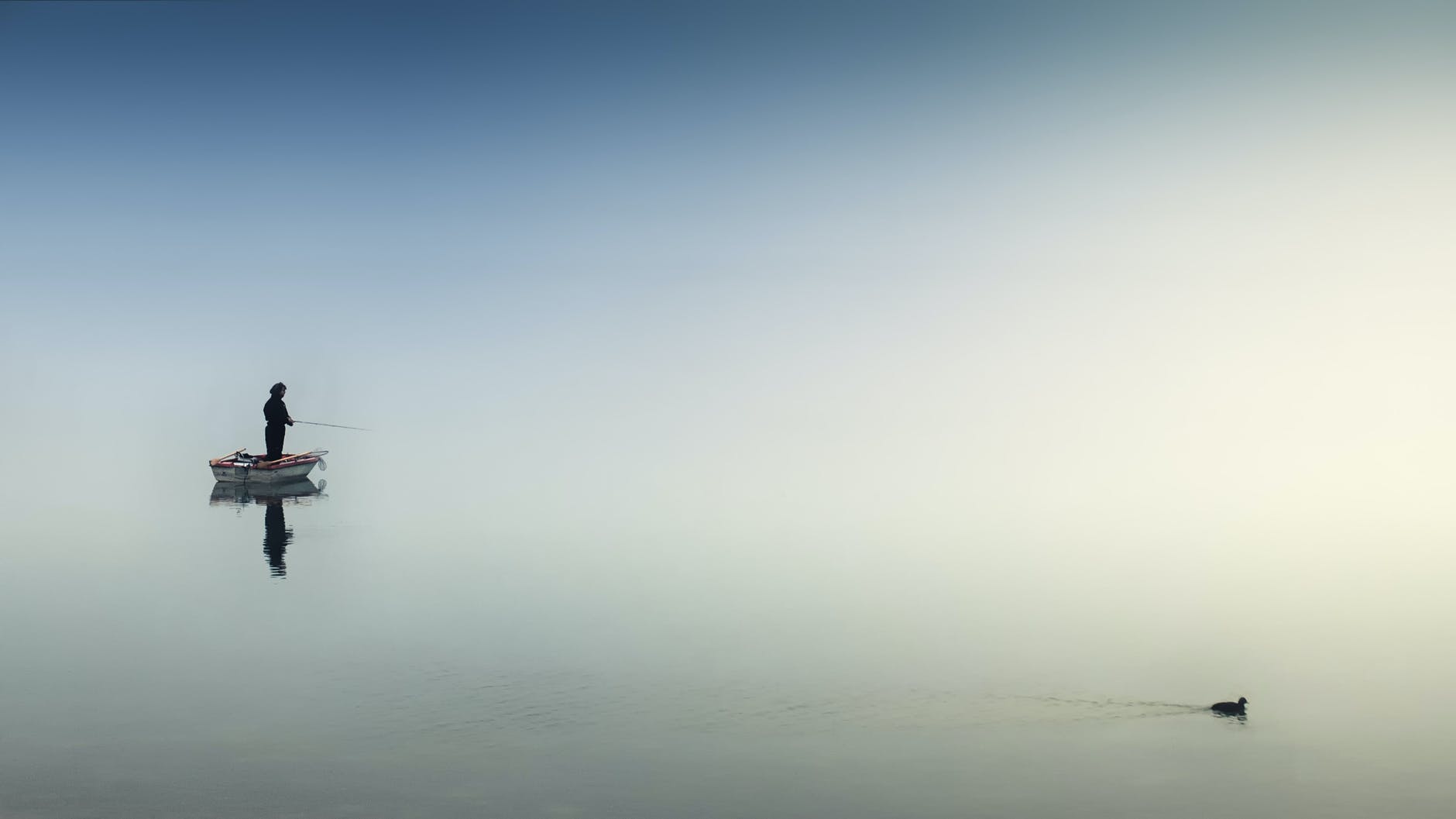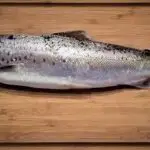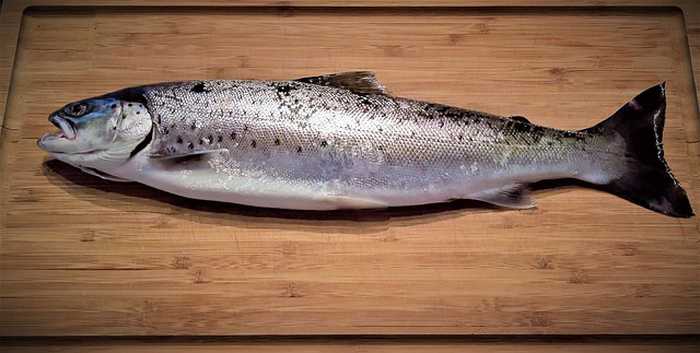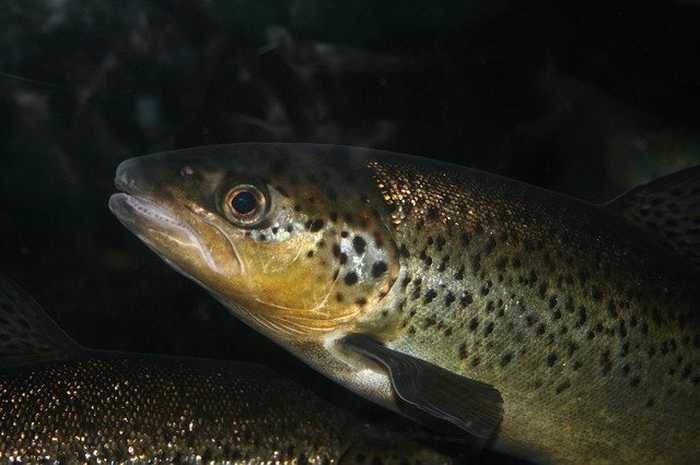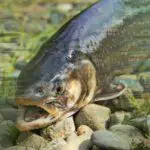There’s been a lot of debate among anglers about whether or not crappie can see hi vis line. Some say that the brightly colored line makes it easier for them to spot their bait and strikes, while others contend that the fish are actually put off by the bright colors and are less likely to bite. So, what’s the truth?
Based on the available evidence, it seems like crappie can either see or don’t mind hi vis line. There have been studies conducted that show that Crappie do react to color changes in lures and lines, but they don’t seem to be put off by bright colors like hi vis line. In fact, some anglers believe that the increased visibility of hi vis line actually makes it easier for Crappie to spot their bait and strikes, resulting in more bites.
At the end of the day, it’s up to you to decide whether or not you want to use hi vis line when fishing for Crappie. If you’re having success with other types of lines, there’s no need to switch things up.
1. Can crappie see hi-vis line in different lighting conditions?
There are a few different schools of thought on whether or not crappie can see hi-vis line in different lighting conditions. Some people believe that they cannot see the line, while others believe that they may be able to see it but don’t mind it. The jury is still out on this one, but there is some evidence to support both sides of the argument.
On the one hand, some anglers believe that crappie cannot see hi-vis line because they have seen fish strike their bait even when the line was visible. They argue that if the fish could see the line, they would shy away from it and not bite. This theory makes sense, as many other species of fish are known to avoid brightly colored objects. However, there is no concrete evidence to support this claim and it is possible that the fish are simply biting despite seeing the line.
On the other hand, there is some evidence to suggest that crappie may be able to see hi-vis line but don’t mind it. One study found that when presented with a choice between two colors (one bright and one dull), crappie tended to approach the brighter color more often than the duller color. This suggests that they may be attracted to bright colors rather than repelled by them.
2. How does the visibility of hi-vis line compare to other types of fishing line?
Hi-vis fishing line is a type of fishing line that is designed to be highly visible in water. Hi-vis line is usually made from fluorescent materials that reflect light well, making it easier for fishermen to see their line in the water. In addition to being more visible, hi-vis line also has other benefits over other types of fishing line.
For one thing, hi-vis line is less likely to get tangled than other types of fishing line. This is because the fluorescent materials used in hi-vis line are less dense than non-fluorescent materials, so they float better and don’t sink as much. This means that there’s less chance for the hi-vis line to become wrapped around itself or other objects underwater.
Another benefit of hi-vis fishing lines is that they tend to be stronger and more durable than other kinds of fishing lines. This is because the fluorescent materials used in hi-vis lines are often tougher and more resistant to wear and tear than non-fluorescent materials. Hi- vis lines also tend to have lower stretch rates, meaning they won’t sag as much when you’re fighting a fish on them.
So overall, hi- vis fishing lines have many advantages over other types of fishing lines. They’re more visible in water, so you’re less likely to lose your lure or bait; they don’t tangle as easily; and they’re usually stronger and more durable.
3. What factors can affect a crappie’s ability to see hi-vis line?
When it comes to visibility in the water, there are a few things that can affect how well a crappie can see your line. One is the type of line you are using. If you are using a fluorocarbon line, for example, it will be much less visible than if you are using a monofilament line. The other factor that can affect visibility is the depth of the water. In shallow water, light penetrates more easily and lines are more visible. In deep water, however, light doesn’t penetrate as well and lines can be harder to see. Finally, the clarity of the water can also play a role in how visible your line is. In murky or dirty water, lines will be less visible than in clear water.
So what does this all mean for fishing? Well, if you’re trying to fish in deep or murky waters, it’s best to use a lighter-colored or hi-visibility line so that your crappie can see it better. Similarly, if you’re fishing in shallow waters with lots of sunlight penetration, you may want to use a darker-colored or low-visibility line so that your crappie won’t be spooked by seeing theline too easily.
4. Does the size or thickness of hi-vis line make a difference to crappies?
In short, the answer is yes. The thickness or size of hi-vis line can definitely make a difference when fishing for crappies. Let’s take a closer look at why this is the case.
One of the main reasons why thickness or size matters when fishing for crappies is because they are attracted to light. So, if you use a thicker or larger hi-vis line, it will be more likely to reflect more light and attract the attention of nearby crappies. In addition, using a thicker or larger hi-vis line also makes it easier for crappies to see your bait or lure, which can also help increase your chances of getting a bite.
Another reason why size and thickness can make a difference when fishing for crappies is because they can affect the depth at which your bait or lure is presented. For example, if you’re using a smaller hi-vis line, it’s going to be more difficult to get your bait down deep where the big fish are often hanging out. On the other hand, if you’re using a thicker hi-vis line, it will be easier to get your bait down deeper and in front of those bigger fish. So overall, using a thicker or larger hi-vis line can give you an advantage when targeting Crappie specifically.
5. Do all types of crappie react equally to hi-vis line, or are some more sensitive than others?
There are two main types of crappie, black and white. Though they are both in the same family, they have some notable differences. Black crappie tend to be more sensitive to light, meaning that they are more likely to be spooked by a hi-vis line. White crappie on the other hand seem to be less affected by light, making them a bit hardier when it comes to fishing with hi-vis line. So, while all types of crappie may not react equally to hi-vis line, some definitely are more sensitive than others.
6. How close does a crappie need to be to see hi-vis line?
How close does a crappie need to be to see hi-vis line? This is a question that many anglers ask, and unfortunately, there is no definitive answer. It depends on a number of factors, including the type of hi-vis line you are using, the water conditions, and the time of day.
Hi-vis lines come in different colors, but they all have one thing in common: they are designed to be visible in low light conditions. The brighter the color, the easier it will be for fish to see. In clear water conditions, even small amounts of hi-vis line can be detected by fish from a distance. In murky or stained water, however, visibility is greatly reduced and fish may only be able to detect hi-vis line if it is very close.
Another factor that affects how well fish can see hi-vis line is the time of day. In general, visibility is better in daytime than at night. However, there are also certain times of day when light reflecting off the surface of the water can make it difficult for fish to see anything below. For example, during midday when the sun is high in the sky, glare can make it hard for fish to see anything except for silhouette shapes near the surface. Early morning and late evening hours tend to offer better visibility for fishing because there is less glare on the water’s surface.
Ultimately, how close does a crappie need to be to see hi-vis line? It depends on several factors including the type of hi-vis line being used as well as water and light conditions.
7. What is the ideal time of day or water clarity for using hi-vis line when targeting crappies?
There is no definitive answer to this question as it depends on a number of factors, including the time of year, water clarity and personal preference. In general, however, most anglers agree that the best time to use hi-vis line when targeting crappies is early in the morning or late in the evening. This is because crappies are generally more active during these times and therefore more likely to bite. Additionally, the low light levels at these times make it easier for fish to see your line, making it more effective. Water clarity can also play a role in determining when to use hi-vis line; in clearer waters, fish are able to see your line from further away so you may not need to use as much weight or focus on getting your lure close to them. Ultimately, it is up to each angler to experiment with different times of day and water conditions to find what works best for them.
8. Does using brightly colored lures in conjunction with hi-vis line increase its effectiveness?
There is no definitive answer to this question as there are a number of variables at play. The type of fish you’re trying to catch, the water conditions, and the time of day can all affect whether or not brightly colored lures are more effective than plain ones. In general, though, bright colors tend to be more visible in low-light conditions and murky water, so they can be helpful in those situations. Hi-vis line is also useful in low-light conditions and can help you see your lure better so you can make adjustments accordingly. Ultimately, it’s up to each angler to experiment with different types of lures and lines to see what works best for them.
9. Are there any downsides to using hi=vs lines when fishing for crappie (e.g., spooking other fish)?
There are a few potential downsides to using high-vis lines when fishing for crappie. One is that the line may be more visible to the fish, which could spook them. Additionally, high-vis lines can be more difficult to manage and cast, making it more challenging to get a good presentation of your bait. Finally, hi-vis lines can sometimes be less durable and break more easily than other types of fishing line.
